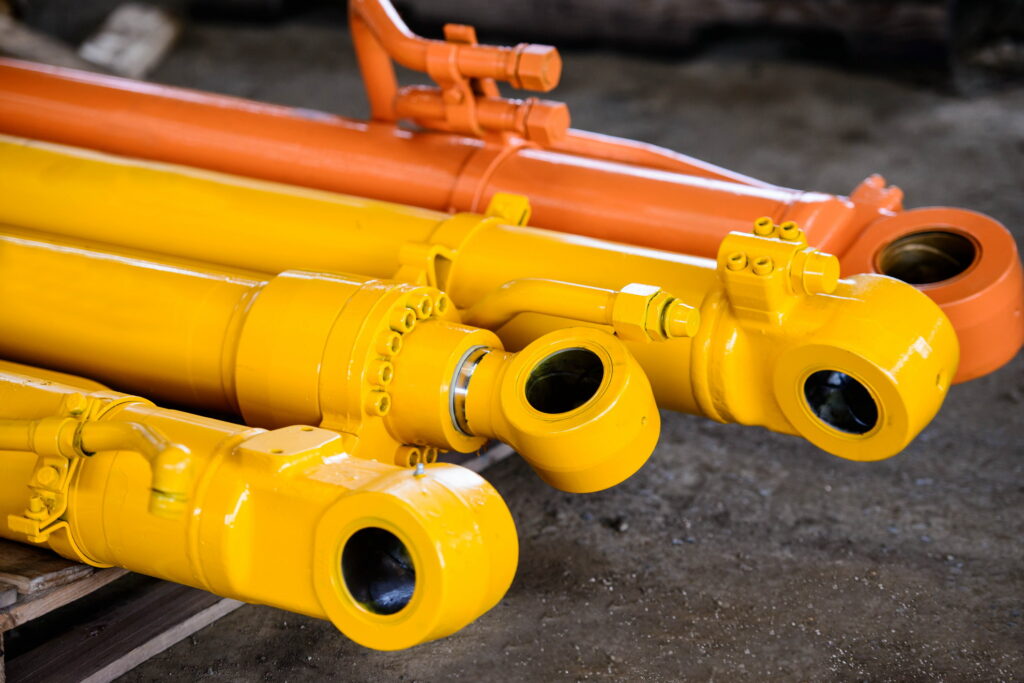Hydraulic cylinders are crucial components in various industrial applications, including construction, manufacturing, and transportation. They play a vital role in generating force and motion, making them essential components in many machines and equipment. Bu makalede, we will discuss the definition, components, and working principle of hydraulic cylinders.

Definition:
A hydraulic cylinder is a mechanical actuator that converts fluid pressure into linear force and motion. It consists of a cylindrical barrel, bir piston, bir piston çubuğu, and end caps.
Bileşenler:
- Cylindrical Barrel: The cylindrical barrel is the main body of the hydraulic cylinder, which contains the piston and fluid. It is made of high-strength materials, such as steel, to withstand high-pressure loads.
- Piston: The piston is a moving component inside the hydraulic cylinder that separates the fluid into two chambers. It is typically made of steel or aluminum and is designed to move freely inside the cylinder barrel.
- Piston kolu: The piston rod is the component that connects the piston to the machine or equipment being actuated. It is usually made of high-strength steel and is responsible for transmitting the linear force and motion generated by the piston to the external load.
- End Caps: The end caps are the components that seal the ends of the hydraulic cylinder. They are usually made of steel or aluminum and are responsible for maintaining the fluid inside the cylinder.
Working Principle:
The working principle of a hidrolik silindir is based on Pascal’s law, which states that the pressure applied to a confined fluid is transmitted equally in all directions. When fluid is pumped into the cylinder, pistona baskı uygular, which moves in a linear motion. This linear motion is transmitted to the piston rod, which in turn transmits it to the external load. The pressure of the fluid determines the force generated by the hydraulic cylinder, and the size of the piston determines the amount of linear motion produced.
